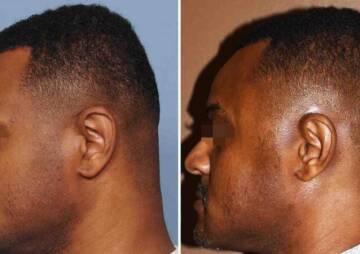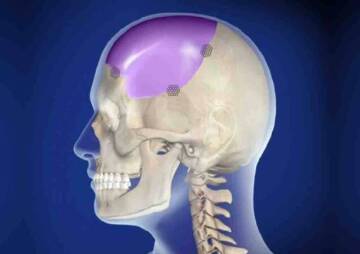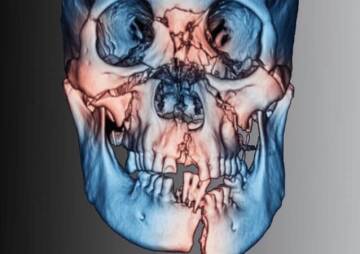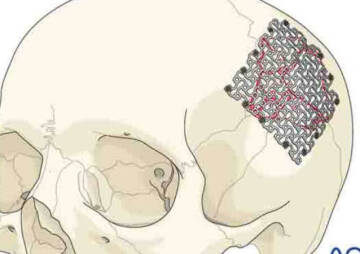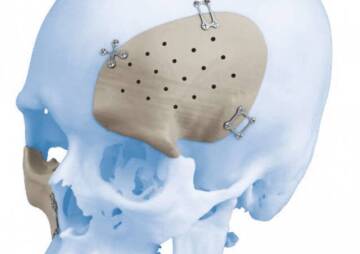-
Category
Craniomaxillofacial Surgery
Orthopedic Surgery
Spine Surgery
Orthopedic Implants
Hip Surgery
Knee Surgery
Pectus Excavatum
Bone Graft
Disinfectants
Healthcare
What you need to know about different types of maxillofacial surgery?
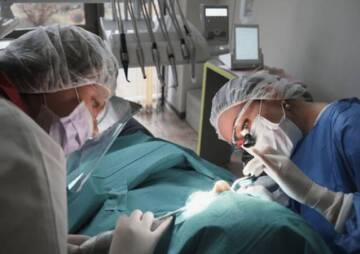
Maxillofacial Surgery is the diagnosis and treatment of a wide spectrum of disorders, injuries and defects which affect the skeleton, facial complex, and also the jaws.
Maxillofacial Surgery is the diagnosis and treatment of a wide spectrum of disorders, injuries and defects which affect the skeleton, facial complex, and also the jaws. As the surgery includes the broad range of disorders, there are various types of maxillofacial surgery done in the word.
If you have decided to have maxillofacial surgery, reading this article helps you improve your knowledge about several types of maxillofacial surgery and different aspects of it .
What is maxillofacial surgery
Considering maxillofacial meaning which is the area of the mouth, jaws, face and neck, maxillofacial surgeons are professionally trained to recognize and treat disorders and defects in the hard and soft tissues of maxillofacial area.
Most common types of maxillofacial surgery
Maxillofacial surgery procedures cover many types of surgery, it ranges from facial abnormalities to skin cancer, from corrective jaw to facial aesthetic surgery and from obstructive sleep apneas to head and neck cancer.
Common types of maxillofacial surgery include the following:
Corrective Jaw Surgery
Jaw surgery is also known as orthognathic surgery.
Jaw surgery corrects deformities of the jaw bones and teeth to improve their functions. Not only the surgery improves the functions of the jaw and teeth, but also it improves the facial appearance.
When jaw problems can not be corrected through orthodontics, jaw surgery could be a great alternative.
Usually before the jaw surgery, an orthodontic treatment is received. The orthodontic treatment repositions the teeth by fixed appliances. It takes 6-9 months to remove the fixed appliances and have the jaw surgery.
Jaw surgery may imply the upper jaw which is called maxilla, or the lower jaw which is called mandible, or it can involve the combination of both jaws.
Jaw surgery could help to:
- Correct problems with speech or swallowing
- Comfortably and fully close the mouth
- Improve chewing and biting
- Correct breathing problems when sleeping, such as snoring
- Correct receding of lower jaw and chin
- Correct unbalanced appearance of the face from the side or front
Head and Neck Cancer
Around 2% of all diagnosed cancers are about the mouth, neck and jaw cancers.
Head and neck cancers include the mouth, tongue, salivary glands and wide area of the throat.
The treatment procedures vary from a person to another person and different factors can change the treatment plan. Some effective factors are:
- The patient's age
- Specific location of the tumor
- The stage of the cancer
Through the treatment that includes surgery, oral and maxillofacial surgeons play an important role. The surgery requires a team and several surgeries includes maxillofacial surgery, reconstructive plastic surgery, general surgery and otorhinolaryngology surgery.
Surgery team consists of oral and maxillofacial surgeons, orthodontists, surgeon of ear nose and throat, reconstructive and plastic surgeon and oncologist.
Temporomandibular Joint Disorders
Temporomandibular joints (TMJ) are two joints that connect the jawbone to the skull and there is one joint on each side of the jaw.
One of the temporomandibular disorders causes pain in the jaw joint and in the muscles that control jaw movement. In most cases, the pain of the jawbone or related muscles could be relieved through nonsurgical treatments and the pain eases after a short period of time.
When nonsurgical treatments do not control the pain and conservative measures fail, surgery is the last retreat.
Several types of temporomandibular joint surgery are possible, but the proper type depends on individuals symptoms or severity.
There are three common types of temporomandibular joint surgery: Arthrocentesis, Arthroscopy and Open-joint surgery.
Dental Implantology
Dental implants are effectively used to replace missing teeth. The material used for dental implants is titanium screw which is placed in the lower jaw or upper jaw.
In most cases, the implant procedure is a team effort, at first a maxillofacial surgeon places the related implant in the bone, then a restorative dentist fits the teeth.
Cleft and Craniofacial Surgery
Different types of maxillofacial surgery correct congenital and acquired abnormalities of maxillofacial and craniofacial regions. The most common type of craniofacial region is cleft lip and palate among children.
To know more about common surgeries in the craniofacial region you can read the article about different types of craniofacial surgery on this website.
Implants for maxillofacial surgery
Maxillofacial implants have revolutionized the maxillofacial surgery. Maxillofacial implants are utilized in correction of dentofacial abnormalities, reconstruction of jaw bones after ablative surgery, maxillofacial trauma and restoration of lost stomatognathic apparatus.
Appropriate types of maxillofacial plates and screws used in above surgeries.
In this article we provide you with a comprehensive description of maxillofacial surgery but as the maxillofacial region covers a wide range of surgeries, stay in touch with Health News Center to get further details.
References : cancer , anzaoms, mayoclinic

